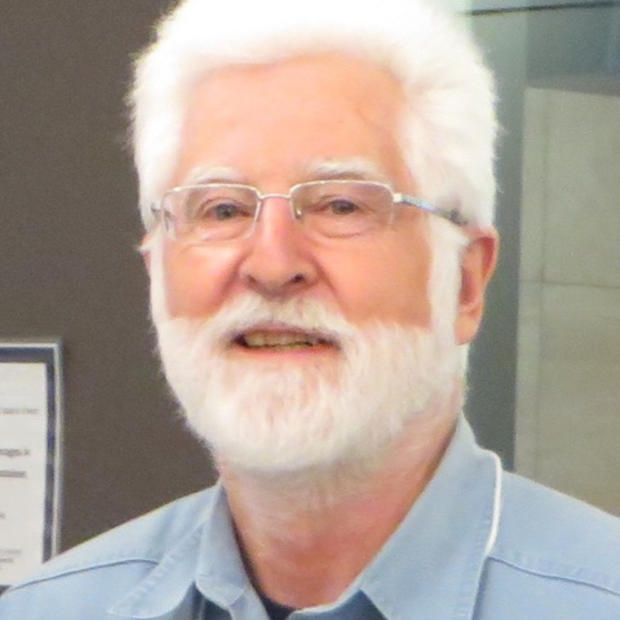It'ês all over. Even the shouting.
Despite the chants and sometimes catcalls from an angry and sad audience mostly of parents, Thursday night the school board as expected voted to close five schools and play musical chairs with 13 other programs, altogether affecting more than 6,000 students of Seattle Public Schools'ê 45,000 students.
The fire of the moment was constantly stoked by angry chants from a group in the lobby outside the school board'ês meeting room in the central office building at Third South and Lander, but there'ês nothing even a large group of parents can do to reverse the board'ês 5-2 vote in favor of Superintendent Maria Goodloe-Johnson'ês plan.
Last night'ês chants of 'êHey, hey, ho, ho; school board members have got to go'ê won'êt mean much to voters this fall when board members Mary Bass, Cheryl Chow, and board President Michael DeBell, if they run, are up for re-election. the reason: the electorate, mostly without kids in the affected schools, or even kids in schools at all, will cast ballots for candidates who say they saved money.
The rationale for the whole closure plan is to help close a feared $25 million budget gap, however small the savings from closing schools really is, and despite the cost in ill-will among families actually served by the district. In the end, however sweet revenge at the polls might be, it'ês pretty unlikely to reopen any schools.
The only real chance for reversal may be in the courts. James Bible, president of the Seattle-Martin Luther King County branch of the NAACP, says the civil rights organization has to stand up for the African American community, which has been hit hard by the board'ês action. One of the points closure opponents have made over the last couple months is that Goodloe-Johnson'ês plan falls disproportionately on African American children and other minorities and low-income families. But it'ês not just today'ês under-enrollment in Central Area and South End schools that'ês the problem, says Bible. 'êThis is the result of purposeful neglect which the South End has seen over a large number of years, 'ê and therein lies his case. Bible, a Seattle attorney, said if the NAACP filed a lawsuit, they would seek an injunction to prevent the closures from taking effect.
The closure vote and the votes on six amendments leading up to it all split the same, with board members Bass and Harium Martin-Morris on one side and DeBell, Chow, Sherry Carr, Peter Maier, and Steve Sundquist on the other. Bass offered an amendment which would have reduced the number of closed schools from five to two and took the strongest stand against the superintendent'ês plan. Martin-Morris proposed an amendment that would have protected Cooper Elementary, one of the schools on the closure list. Both those amendments failed 5-2, and Bass and Martin-Morris both voted against the overall plan, which passed 5-2.
Thursday'ês vote leaves two big questions on the table. How much will the district be hurt by school closures; and how much has the process leading up to the vote hurt or helped Goodloe-Johnson'ês ability to lead the schools forward?
Opponents of the superintendent'ês closure plan repeatedly pointed out that school closures risk driving families away from the district, as happened when seven schools were closed two years ago. The district makes a good case that the opponents'ê claims that as many as 20 percent of students from closed would leave the district puts the figure too high. But administrators can'êt prove the effect is zero, much as they'êd like to; and their examples range from 2 percent to 8 percent. That's real money, since from all funding sources the district receives about $12,000 per child per year and all this revenue is ultimately based on enrollment. It wouldn'êt take much of an enrollment drop (fewer than 125 kids) to eat away the $1.4 million per year non-staff savings that'ês supposed to result from closing the five schools.
And what does all this controversy mean for Goodloe-Johnson? Critics say the closure plan, which shifted a couple times and appeared to look for targets of opportunity — for instance, putting Montlake Elementary, the Center School, and Rainier Beach High School on the hit list for a week or so — was not well thought out. There'ês also criticism that the superintendent has hidden behind buzz words and jargon, pushing her plan through with no real empathy for the affected families. Some who attended meetings with her during the process said it was easy to tell she hadn'êt really come to listen. For many, the experience may all add up to distrust of the superintendent, and that would be a slide downhill from the hopes with which she was welcomed two years ago.
Out in the lobby, occasionally booming in when someone opened the doors, there was no doubt where some families and kids stood. The chant they raised was, 'êShe says closures, we say no. Goodloe-Johnson'ês got to go.'ê



